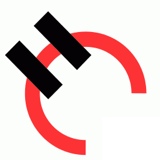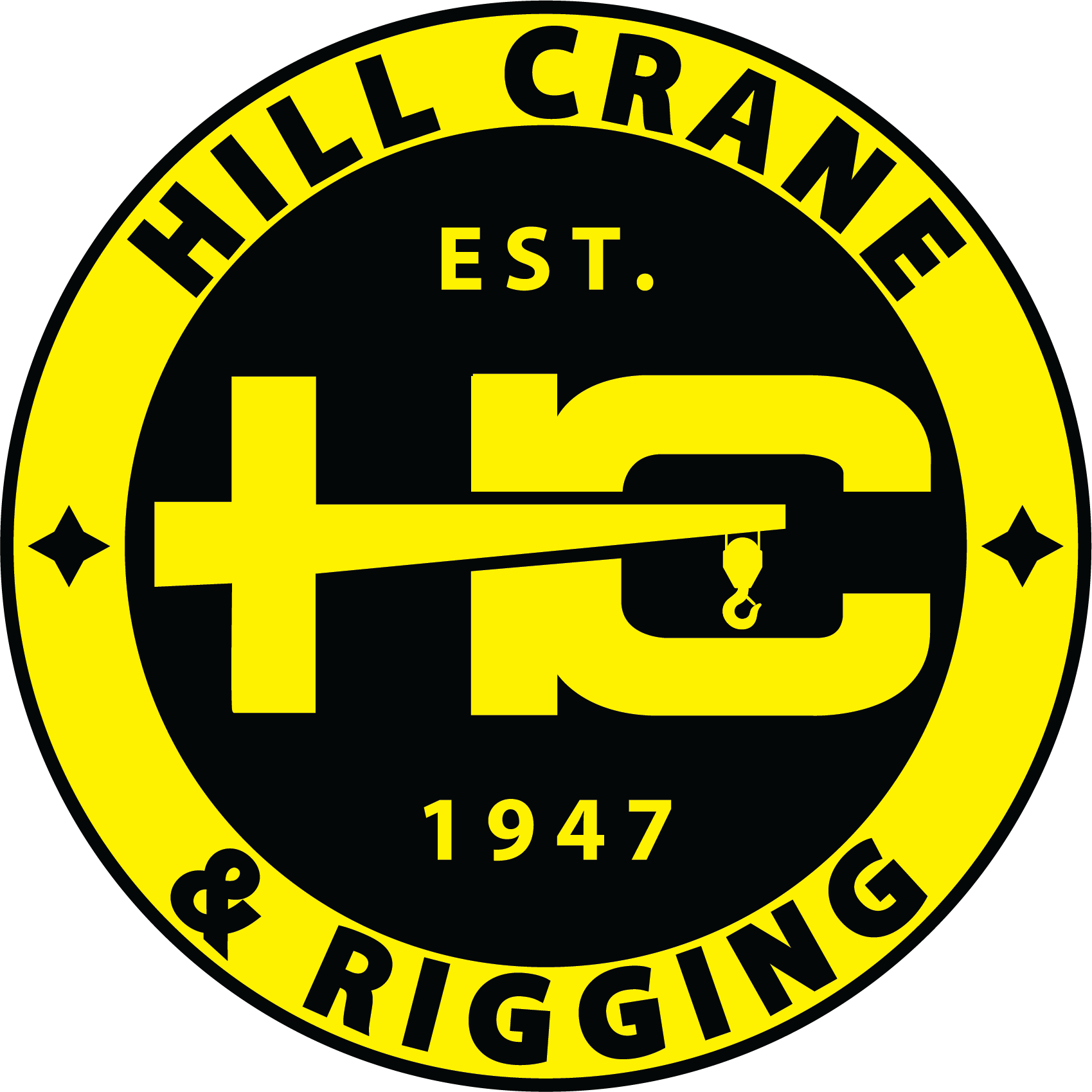Information
-
Audit Title
-
Document No.
-
Client / Site
-
Conducted on
-
Prepared by
-
Location
-
Personnel
3.0 Scope
3.0.1
-
In the field observe lifting machines, equipment and load supporting tools are they compliant with this element?<br>
-
Are both staff and contractors aware of the need to comply with the requirements of this element?
4.0 Accountability
4.0.1
-
Ask for the people who have been formally appointed to be available for the audit.<br>
-
Are they aware of their appointment<br>
-
Are they able to explain and show the auditors how the requirements they are accountable for are implemented and maintained?
4.1 Hazard identification risk assessment and control
4.1.1
-
Identify a number of Lifting Machines in the field. Determine if they have been included in the risk assessment/register.<br>
-
Ask the operators of each machine to demonstrate the safety features of the machine (limit switches/visual/audible warning systems, emergency stop controls)<br>
-
Ask the operators to explain the signage and demarcation required for each machine. <br>
-
Ask Operators to explain access and proximity limitations for each machine e.g. how close to powerlines, working or walking under suspended loads<br>
-
Ask operators of mobile lifting equipment to explain stability requirements for each machine
4.1.2
-
Select a number of completed Lifting and supporting load task analysis that meet audit expectations. Use these to build typical lift scenarios for the site.<br>
-
Ask personnel to perform a Lifting and supporting load Task analysis for each of these scenarios<br>
-
Ask personnel to show you in the field what and how the controls would be put in place
4.1.3
-
Ask personnel in the field to explain how they would go about changing a man cage or a support stand<br>
-
Ask personnel in the field to explain if they use SWP’s and if so how they would go about modifying them<br>
-
Ask personnel to explain how they are informed or they inform others of changes in the work place
4.2 Selection, Training, Competency and Authorisation
4.2.1
-
Select a number of personnel who have been trained in risk assessment and or task analysis and ask the site for them to made available.
-
Ask these personnel to demonstrate how they would perform a risk assessment or task analysis for a lifting job
4.2.2
-
Identify the persons who have assessed personnel to competent to:<br>o Operate lifting machines, equipment, cranes, and attachments<br>o Direct crane movement and overhead loads (dogman/signalman)<br>o Perform slinging and rigging of loads<br>o Inspect lifting machines and equipment<br>o Perform maintenance on lifting machines and equipment<br>
-
Ask them to explain the process used to do so.<br>
-
Identify a selected number of personnel from the training records and ask them to explain how they were trained, tested and determined to be competent to perform these tasks.<br>
-
Do these descriptions match the system?
4.2.3
-
Ask recently inducted personnel to explain in own words what if anything they recall on the lifting and Supporting of loads from the General Induction. Does it match more or less what is covered?
4.3 Communication and awareness
4.3.1
-
Ask Personnel in the field who may perform Lifting and supporting load tasks to explain all or some of the following:<br>• Potential hazards associated with lifting and supporting loads.<br>• Who has the Authority to operate lifting machines.<br>• What are the licensing requirements to operate lifting machines? <br>• What are the Authority and licensing requirements to sling loads?<br>• How do they identify if lifting equipment is within its inspection period.<br>• What Safety precautions to be taken when working near lifting activities.
4.3.2
-
Do personnel who undertake lifting and supporting loads tasks know and have ready access to standard hand signal charts?<br>
-
Ask personnel who perform lifting and supporting load tasks to perform some of the standard hand signals. Are they aware of them? Do they know them?
4.3.3
-
Go into the field and inspect a selected number of cranes, both mobile and fixed. Are load charts readily available and visible to the operator?
-
Go to a number of lifting equipment storage areas. Are Charts showing the sling size, load capacity and slinging arrangements easily available. Are staff aware of them?
-
Inspect Lifting machines, equipment and supporting stands in the field. Do they have their SWL clearly marked (displayed) on them
4.4 Design, Purchase, Fabrication, Installation and Commissioning
4.4.1
-
Check fabricated or modified lifting equipment found in the field is on the list of approved equipment i.e. unique identifier is on list and description is accurate.
4.4.2
-
Ask the procurement staff to identify recently purchased lifting equipment and the department/area who received this equipment. Inspect this equipment in the field. Does it meet the documented specifications.
4.4.3
-
For a selected number of mobile lifting equipment validate that the pre-commissioning requirements have been undertaken correctly
4.5 Work method and condition control
4.5.1
-
In the field ask personnel who perform lifting and supporting load tasks to explain how they identify the correct location for support stands. Does the method described match the procedure or manufacturers manual?
-
Ask how support stands are selected for a task. Do staff demonstrate they understand the requirements
4.5.2
-
In the field go to a selected number of places where lifting equipment is stored:<br>• Is it stored on racks, hooks, or shelves, off the ground;<br>• Is it segregated by type or capacity to allow for ease of identification; and<br>• Are synthetic fibre slings, stored away from direct sunlight to prevent UV damage?
4.5.3
-
Ask personnel involved in lifting and supporting loads to explain in their own words the requirements for raising some one by crane.<br>
-
Ask them to show you the equipment that would be used to raise or lower some by crane. Does it comply with the requirements of this FPE?
4.5.4
-
Ask a selected number of personnel in the field to explain in their own words the safety requirements for the operation of lifting machines and equipment. Does it match the requirements listed in this section of the FPE?
-
Ask a selected number of personnel involved in the operation of lifting machines and equipment to explain in their own words the operational requirements. Does they match, more or less, the requirements of this section of the FPE?
-
In the field check illumination is adequate.
4.6 Maintenance
4.6.1
-
For a selected number of lifting machines and equipment check that maintenance has been conducted:<br>• According to the set schedule<br>• By a competent person<br>• As required by law<br>• as recorded<br>
-
You are looking for a physical connection between the maintenance system and the lifting machine/equipment. Is there one? Does it match requirements?
4.7 Emergency control
4.7.1
-
Check to see if the main isolation switch is easily accessible.<br>
-
Check to see if signage is easily recognized, clear and accessible.
4.8 Monitoring, inspection and audits
4.8.1
-
Identify a number of lifting machines and equipment in the register and locate them in the field. Do they match?<br>
-
Ask personnel who inspect lifting machines and equipment to conduct an inspection while you observe. Does the inspection match requirements?
-
Check corrective actions in the field. Have they been completed in a reasonable time frame?<br>
-
Ask Personnel to explain in their own words how they came to be qualified to inspect lifting equipment and or machines.
-
Check that personnel who are undertaking inspections are on the list of competent persons
4.8.2
-
Check the observations and findings in the field are they reasonable?<br>
-
Using a completed audit validate that the corrective actions have been completed or are in the process of being completed.
4.8.3
-
Ask Personnel to describe the task observation process they use for a lifting and supporting load task.<br>
-
If possible observe personnel undertaking a task observation on a lifting operation during the audit.<br>
-
Do the actions meet requirements?
4.9 Reporting, assessment and corrective actions
4.9.1
-
Hazard Incident recording system and forms<br>
-
Corrective Action tracking database or equivalent<br>
-
Completed hazard/defect reports for lifting machines and equipment<br>
-
Lifting equipment registers showing equipment which has been removed from service and destroyed.
Conclusion and auditor's comments
-
Date of audit completed
-
Signature of auditor
-
Date of auditor's signature
-
Signature of auditee
-
Date of auditee's signature


















